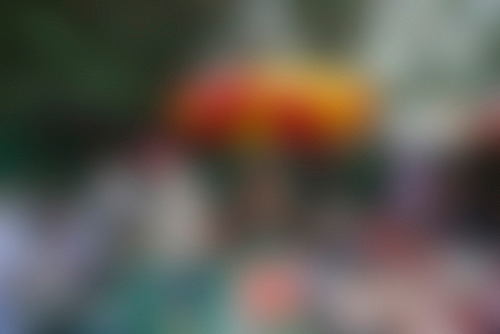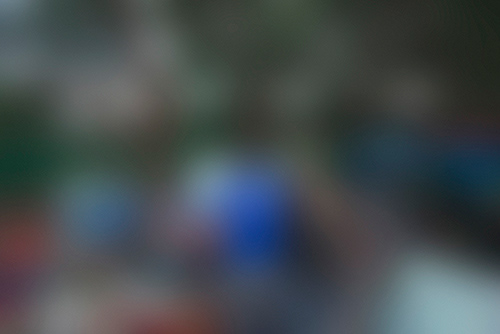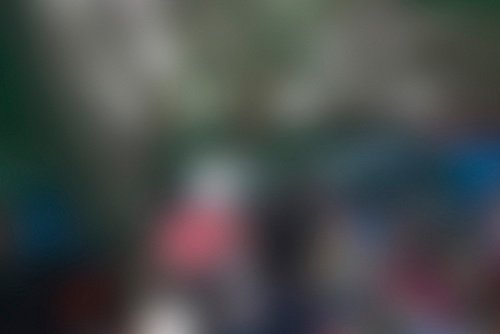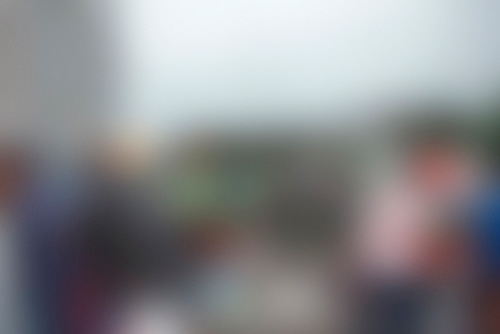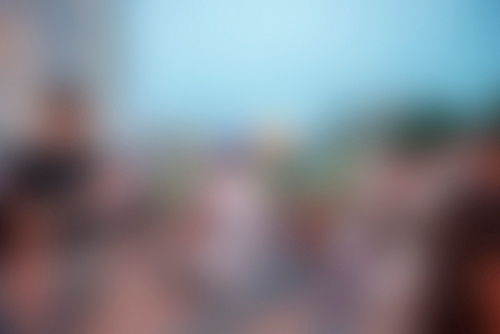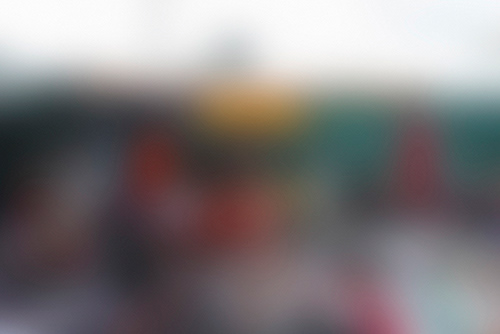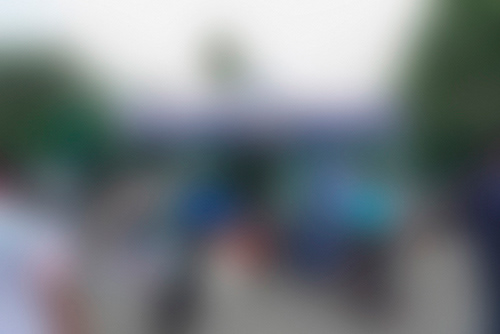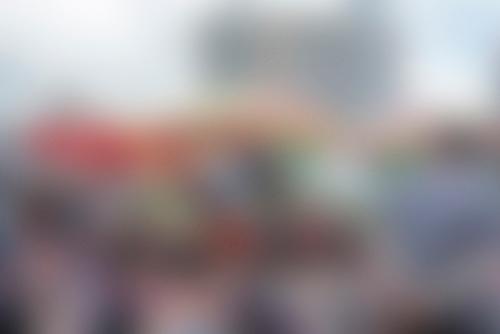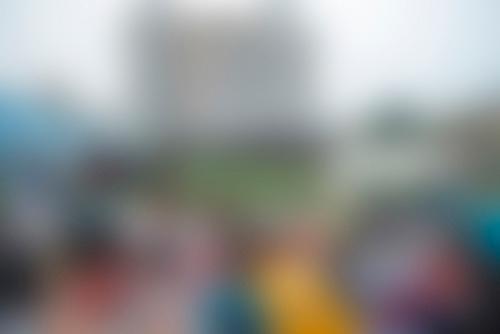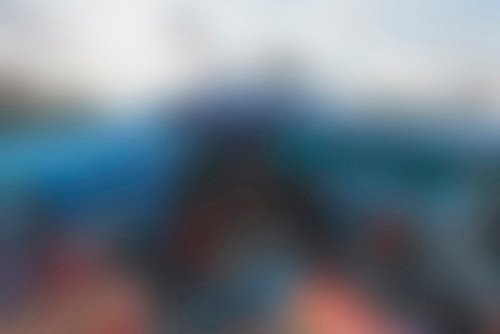

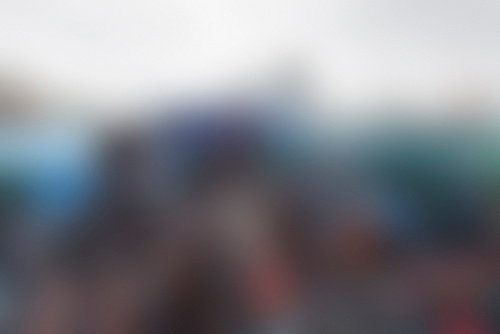









2017, 2018
What do we see, what do we choose to not see? How do we see the past and how do we see its relationship with the today? Sometimes, we try to erase something which do not adhere to some established image. Sometimes, we succeed.
The Sungei Road flea market was closed in July 2017 after more than 80 years due to land use zoning issues. In cities where the perfection and beauty of a city is important, such an organic place was seen as incompatible with the city.
Artist statement
The Sungei Road Market operated from the 1930s - 2017. It was evicted in 1982 and 1994 but the hawkers came back, and allowed to remain after increased scuffles with planning officials. In 2011, half of the streets occupied by the market was demolished for the construction of the Jalan Besar MRT Station. In 2014, it was given an ultimatum to close in 2017, citing land use zoning conflicts. The last day of operations was 30 July 2017.
The stalls of the Sungei Road Market would be set up typically in the late morning until closure at 7pm. It was an arrangement between the stallholders and the National Environment Agency. The stalls may be proper tents, umbrellas, parasols, tables, mats, canvas, and bamboo poles, etc. Stall position was created on a regulars-first basis, with most stallholders having a fixed position and some may be nomadic.
The market may be seen as a conflict of principles with the planning rules of the city. It is a form which goes against the planning rules, and any outspoken supporters of the market was seen as a protest.
In the work of Bernd and Hilla Becher, the built environment are cataloged in meticulously executed photographs of seemingly inconsequential and 'non-architecture' structures. When viewed as a collective, it forms an clear language of typology. In my previous body of work The Flower Of The Night and The Temporal Blooming Of A Flower Upon The Earth, the temporal architecture was given legitimacy as an architecture. In digitally blurring the photographs, it reflects the state of the market in the city, of a space considered to not be seen and a though to be censored by the select few in power.
What do we see, what do we choose to not see? How do we see the past and how do we see its relationship with the today? Sometimes, we try to erase something which do not adhere to some established image. Sometimes, we succeed.
The Sungei Road flea market was closed in July 2017 after more than 80 years due to land use zoning issues. In cities where the perfection and beauty of a city is important, such an organic place was seen as incompatible with the city.
Artist statement
The Sungei Road Market operated from the 1930s - 2017. It was evicted in 1982 and 1994 but the hawkers came back, and allowed to remain after increased scuffles with planning officials. In 2011, half of the streets occupied by the market was demolished for the construction of the Jalan Besar MRT Station. In 2014, it was given an ultimatum to close in 2017, citing land use zoning conflicts. The last day of operations was 30 July 2017.
The stalls of the Sungei Road Market would be set up typically in the late morning until closure at 7pm. It was an arrangement between the stallholders and the National Environment Agency. The stalls may be proper tents, umbrellas, parasols, tables, mats, canvas, and bamboo poles, etc. Stall position was created on a regulars-first basis, with most stallholders having a fixed position and some may be nomadic.
The market may be seen as a conflict of principles with the planning rules of the city. It is a form which goes against the planning rules, and any outspoken supporters of the market was seen as a protest.
In the work of Bernd and Hilla Becher, the built environment are cataloged in meticulously executed photographs of seemingly inconsequential and 'non-architecture' structures. When viewed as a collective, it forms an clear language of typology. In my previous body of work The Flower Of The Night and The Temporal Blooming Of A Flower Upon The Earth, the temporal architecture was given legitimacy as an architecture. In digitally blurring the photographs, it reflects the state of the market in the city, of a space considered to not be seen and a though to be censored by the select few in power.






